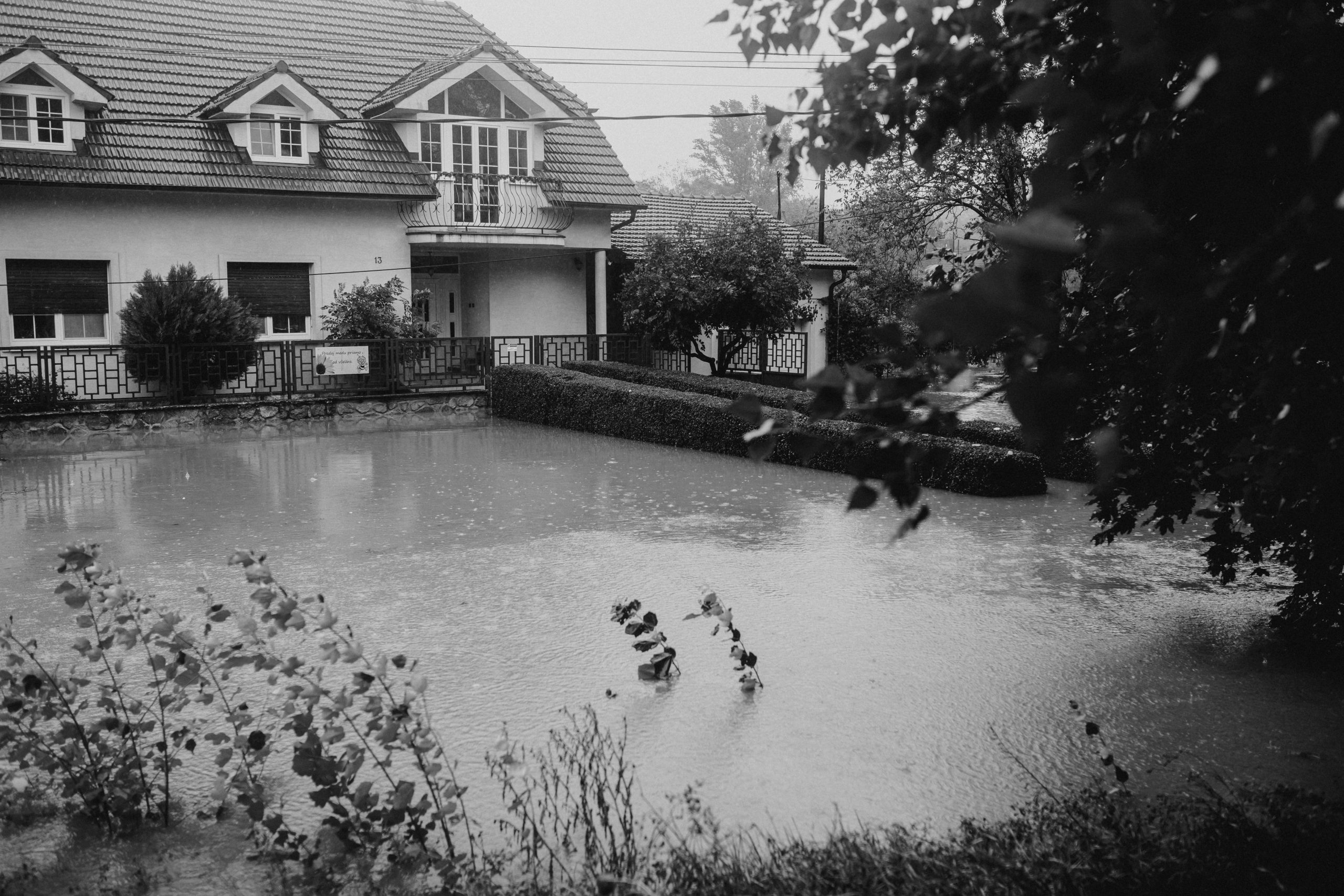Extreme weather events and natural disasters are becoming more frequent and severe due to climate change. From hurricanes and floods to wildfires and droughts, these events can devastate homes, businesses, and entire communities. Traditional insurance policies often fall short in covering the full extent of climate-related damages, leaving individuals and organizations vulnerable. This is where climate risk insurance comes in—a specialized financial tool designed to mitigate the economic impact of climate-related disasters. Whether you’re a homeowner, farmer, or business owner, understanding climate risk insurance can help you safeguard your future against unpredictable environmental threats.
What Is Climate Risk Insurance?
Climate risk insurance is a type of coverage specifically designed to protect against losses caused by extreme weather events and long-term climate changes. Unlike standard insurance policies, which may exclude certain climate-related risks, this specialized insurance provides financial compensation for damages tied to natural disasters such as floods, storms, heatwaves, and rising sea levels. It can be tailored for individuals, businesses, or even governments, ensuring that recovery is faster and more efficient after a catastrophic event.
How Does It Work?
Climate risk insurance operates on the principle of risk pooling, where premiums from multiple policyholders are collected to cover potential losses. When a qualifying disaster occurs, payouts are triggered based on predefined conditions, such as rainfall levels, wind speeds, or temperature thresholds. This parametric approach allows for quicker claims processing compared to traditional insurance, which often requires lengthy damage assessments.
Types of Climate Risk Insurance
- Property Insurance: Covers damages to homes and buildings from climate-related events like hurricanes or wildfires.
- Agricultural Insurance: Protects farmers against crop failures due to droughts, floods, or unseasonal weather.
- Business Interruption Insurance: Compensates companies for lost income due to climate disruptions.
- Catastrophe Bonds: Financial instruments that allow governments and corporations to transfer climate risks to investors.
Why Is Climate Risk Insurance Important?
As climate change accelerates, the financial risks associated with extreme weather are growing exponentially. Without adequate protection, individuals and businesses face severe economic consequences. Here’s why climate risk insurance is a critical tool in today’s world:
Financial Security in a Changing Climate
Climate-related disasters can lead to massive repair costs, lost income, and even bankruptcy for those unprepared. Climate risk insurance ensures that policyholders receive timely payouts to rebuild and recover, reducing long-term financial strain.
Encouraging Climate Resilience
By providing financial incentives for risk reduction measures—such as flood barriers or fire-resistant construction—climate risk insurance promotes proactive adaptation to climate threats.
Supporting Vulnerable Communities
Low-income regions and small-scale farmers are often hit hardest by climate disasters. Specialized insurance programs can offer affordable coverage, helping these groups recover faster and avoid falling deeper into poverty.
How to Choose the Right Climate Risk Insurance
Selecting the right climate risk insurance requires careful consideration of your specific needs and risks. Here are key factors to evaluate:
Assess Your Exposure
Identify the climate risks most relevant to your location and industry. Coastal properties may need hurricane coverage, while agricultural businesses should prioritize drought or flood protection.
Compare Policy Features
Look for policies that offer comprehensive coverage, including:
- Parametric triggers for quick payouts
- Flexible premium options
- Additional support for disaster preparedness
Check the Insurer’s Reputation
Choose a provider with a strong track record in climate risk insurance. Research customer reviews, financial stability, and claims processing efficiency.
The Future of Climate Risk Insurance
As climate risks intensify, the insurance industry is evolving to meet new challenges. Innovations such as AI-driven risk modeling, blockchain for transparent claims processing, and government-backed insurance schemes are shaping the future of climate risk coverage. Additionally, global initiatives like the InsuResilience Global Partnership aim to extend climate insurance to 500 million vulnerable people by 2025.
The Role of Policy and Regulation
Governments play a crucial role in expanding access to climate risk insurance through subsidies, public-private partnerships, and regulatory frameworks. Policies that incentivize climate adaptation can make insurance more affordable and widespread.
Technology’s Impact
Advanced technologies like satellite imaging and IoT sensors are improving risk assessment accuracy, enabling insurers to offer more tailored and cost-effective policies.
Conclusion
Climate risk insurance is no longer a luxury—it’s a necessity in an era of increasing environmental uncertainty. By providing financial protection against extreme weather and disasters, this specialized insurance helps individuals, businesses, and communities build resilience in the face of climate change. Whether you’re safeguarding your home, farm, or enterprise, investing in climate risk insurance ensures that you’re prepared for whatever the future holds. Take the time to explore your options today and secure a safer, more stable tomorrow.
